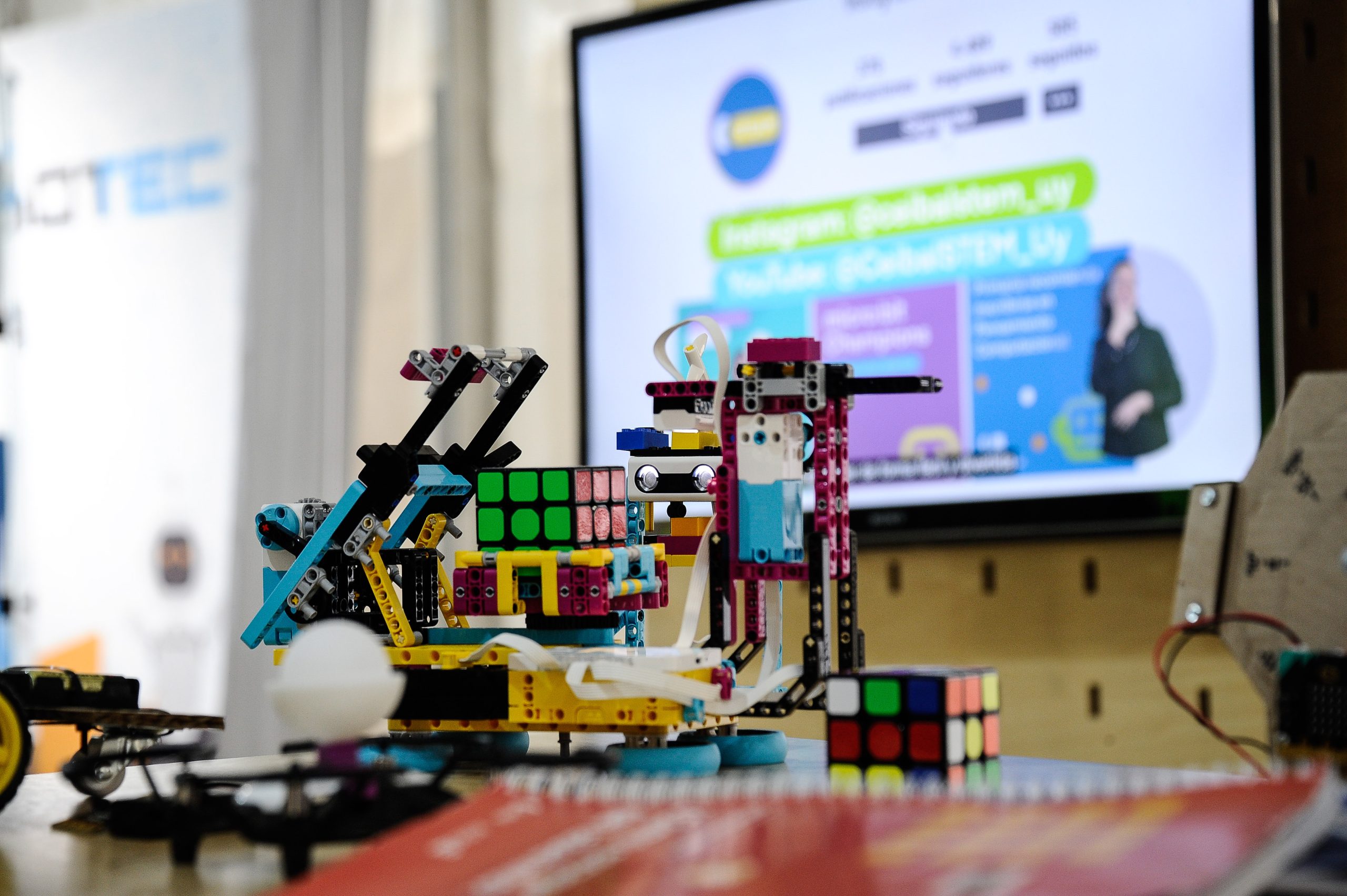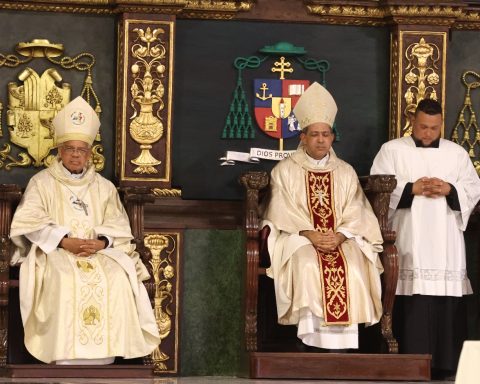UTU holds an exhibition on uses and trends in technology and innovation applied to educational practices
“There is a strong commitment to technology and to generating educational offerings. This increases the interest of students, always thinking about providing effective opportunities for insertion in the world,” said ANEP president Virginia Cáceres, when inaugurating the Innovation and Technology Week at UTU. Enrollment in the institution grew by 3,000 students in 2024, in many cases in tertiary proposals in these areas.
The central building of UTU in Montevideo is the venue for the Innovation and Technology Week organized by the educational institution between yesterday, Monday 22nd and Friday 26th July, from 9:00 to 17:00. With this initiative, the General Directorate of Technical Professional Education (DGETP) encourages companies, state agencies and study centers to offer talks on the advances in these sectors.
The fair is held in a tent set up in the central courtyard and the authorities present agreed that it is an opportunity to exchange and learn about topics related to technology, with educational value regarding new national and international trends and advances.
“As a country, we must continue to invest in the development of technology. ANEP, and especially UTU, has a fundamental role that must continue to be developed, and this is an important step, the first of many,” said Cáceres, the president of ANEP.
He recalled that UTU is significantly increasing its offering, diversifying it into areas of technology. “It has a very strong and important history in terms of trades, but in recent years it has taken a turn, generating bachelor’s degrees in electrical mechanics, bilingual bachelor’s degrees in agreement with the Uruguayan Chamber of Information Technology (CUTI). There is a strong commitment to technology and to generating offers. This increases the interest of students,” he said.
The head of the department assured that Ceibal is a strategic ally in this matter. She reported that universal access to computational thinking in primary education is imminent. “There is a very important advance in the number of groups and students that are taking the course,” she assured.
Likewise, in secondary education, work is being done in science spaces, with laboratories where the motto is to learn by doing. In Canelones and Maldonado, the proposal was expanded, through new centers of the Ceilab program. “We have been working in the different subsystems, each one with its own imprint and specificity, but with the axis of technology clearly marked, trying to bet on continuing to develop education in that sense,” he concluded.
Pereyra, meanwhile, referred to UTU’s proposal related to technological issues. He particularly highlighted the areas of IT and Cybersecurity and said that, in addition, new technologies were applied in each area. One example is mobility, both electric and in the use of hydrogen; another is the agricultural sector, in which the institution acquired a drone, useful in planting and pest control issues.
The director of UTU reported that the institution increased its enrollment by 3,000 students last year, about 100 groups, with a total of 100,000 students. He added that the technological areas, especially in the tertiary sector, i.e. technical courses, had increased.















